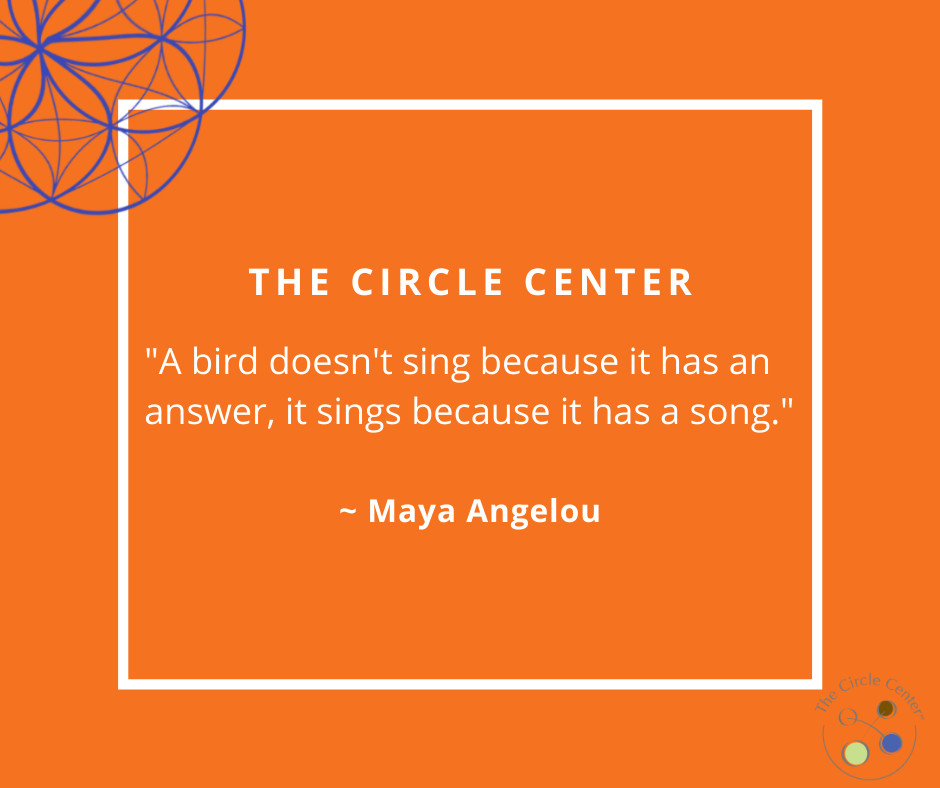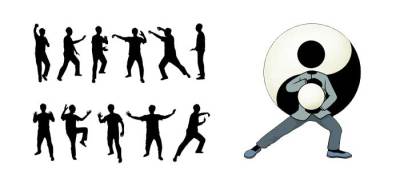Doing a QiGong exercise with a group of executives today before an Executive Peer Circle, I began to contemplate the concept of Chi (or Qi, pronounced “Chee”) and how that relates to organizations as well as individuals. Traditionally, in Chinese culture, qi (also chi or ch’i) is the name given to “natural energy”, “life force”, or “energy flow”, and literally translated as “breath”, “air”, or “gas” that, if missing or blocked or over-stimulated, caused illness or dis-ease in the body of a person. Look around, “read the air.” How full are the gas tanks of your employees? Are there places in your organization where energy is stagnant? Are there places where the energy is frenetic, almost out of balance? As leaders, our impact on the Chi of our organization can not be understated. Wikipedia states that the ancient Chinese believe this life force “permeates everything and linking their surroundings together. They likened it to the flow of energy around and through the body, forming a cohesive and functioning unit.” What is the flow like around the body that is your organization, its employees and its stakeholders? Get still, get observant and see what you notice. The need for adjustment will naturally make itself known once you take time to check in. It is my experience that many leaders have ample wisdom around how to make these adjustments; however, it is only the truly great leaders that listen regularly so they can adjust before the symptoms of organizational dis-ease become too pronounced.










